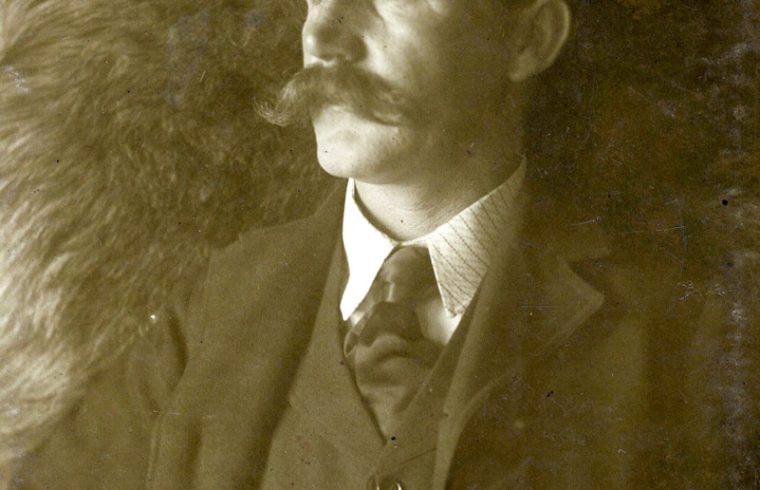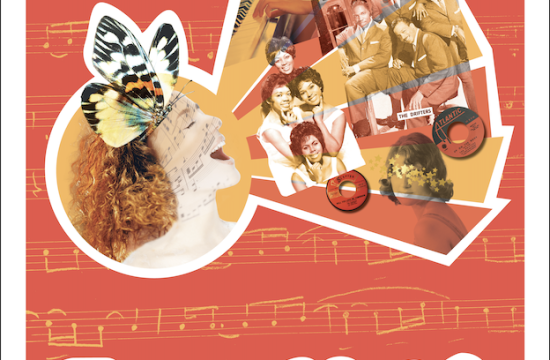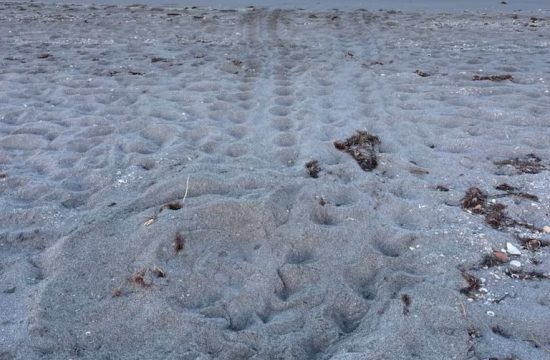Sarasota news events: Article sponsored by Judi Taulbee, Realtor. Judi is a top producer and has over 20 years of experience in our local market. (941) 544-6227 taulbeerealestate.com/
Tale of an early settler: by Ann Shank
Alex Browning, colonist, architect and writer, left his mark on Sarasota. Browning arrived on Sarasota Bay at the end of 1885 with a group of colonists who sailed from Scotland to start a new life in Florida. He was a young man of 19 years at the time.
The Browning family had lived in Paisley, Scotland, where Alex’s father, John B. Browning, was a carpenter and operated a wagon-making shop. Persuaded by a pamphlet extolling the opportunities in Florida, they sold their properties and sailed from Scotland on the Furnessia on November 25, 1885. When they arrived at their new home, they discovered that the promised town had not yet been built. Many of the colonists who had sailed with them were unprepared for the life of a pioneer and soon left for more settled areas. The Brownings stayed, however, and quickly became some of the creators of the town. In his memoirs, Alex noted that while other family members were carpenters on the hotel and boarding house projects, he began work on the dock. For $2 a 10-hour day, he stood in water knee to shoulder deep, rocking back and forth until they hit bedrock, the pilings for a dock.
Having apprenticed for three years with an architect in Glasgow, Browning was called upon to design some of the larger houses in the new town. John Hamilton Gillespie, later Sarasota’s first mayor, had Browning design his home. Browning, who also helped build it, later described the Palm Avenue house as “the finest in the county.” It had a detached kitchen, a cistern to collect rainwater, porches on three sides, and a picket fence. The builders then added a chicken coop and cow sheds.
After construction activity slowed, Browning found that he could make good money as a crew member on the Vision a schooner that sailed from Sarasota to Key West. From Sarasota, the boat carried sweet potatoes, wild hogs, chickens and anything else that might sell at a profit. The return trip brought kerosene and groceries to be sold at home. The two-week trip could earn each crew member $40 to $60. This experience only partially equipped Browning for hiring on as an engineer for a four-month cruise of the wood-burning steamer Marguerita from Sarasota to Daytona in 1889. Browning’s memoirs describe the journey: frequent equipment breakdown requiring ingenuity for make-shift repairs; sparsely populated shoreline with a shortage of places to replenish their water supply; challenges from shallow water, clouds of mosquitoes, and rough weather; and the ever-present need for wood.
For the next few years Browning worked as assistant to architect J.A. Wood on the construction of Henry Plant’s Tampa Bay Hotel. Browning later remembered that his 10-hour work days were divided between the drafting board and tracking and supervising the acquisition of materials. On occasion, Browning took a leave of absence to work on another project. One of these was the design of The Palms, a hotel at Indian Beach along Sarasota Bay.
After nearly 30 years away, in 1919 Browning returned with his family to Sarasota. In 1924, the Florida State Board of Architecture issued to Browning a certificate to practice architecture. Thereafter, one of the major he co-designed was the Frances-Carlton Apartments on North Palm Avenue. The building remains in use as condominiums and was listed in the National Register of Historic Places in 1984.
Shortly before his death in 1932, Browning wrote his memoirs. It is from this account that readers can gain a sense of what life was like during the formative years of the town of Sarasota.

Judi Taulbee, Realtor. Judi is a top producer and has over 20 years of experience in our local market. (941) 544-6227 taulbeerealestate.com/













